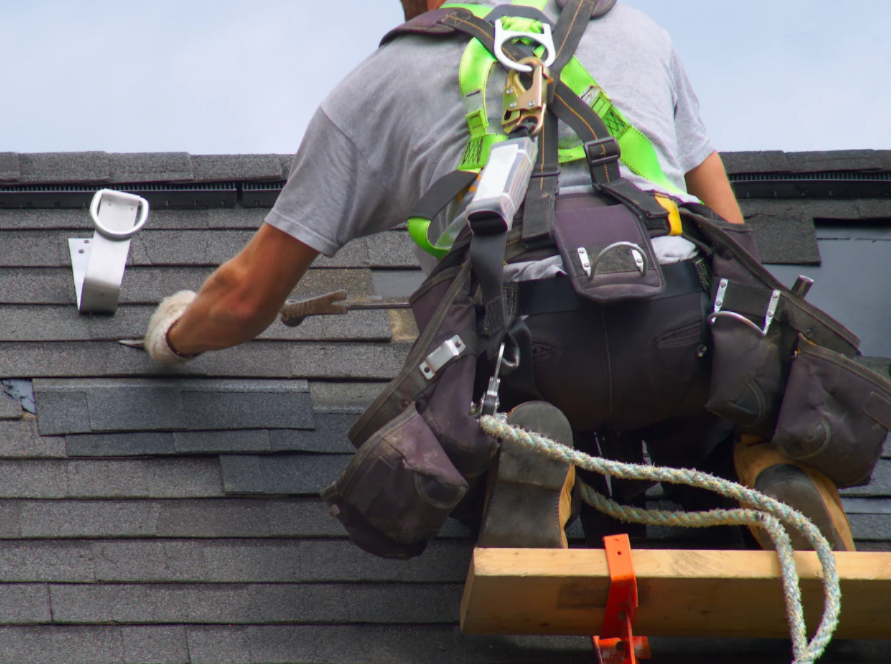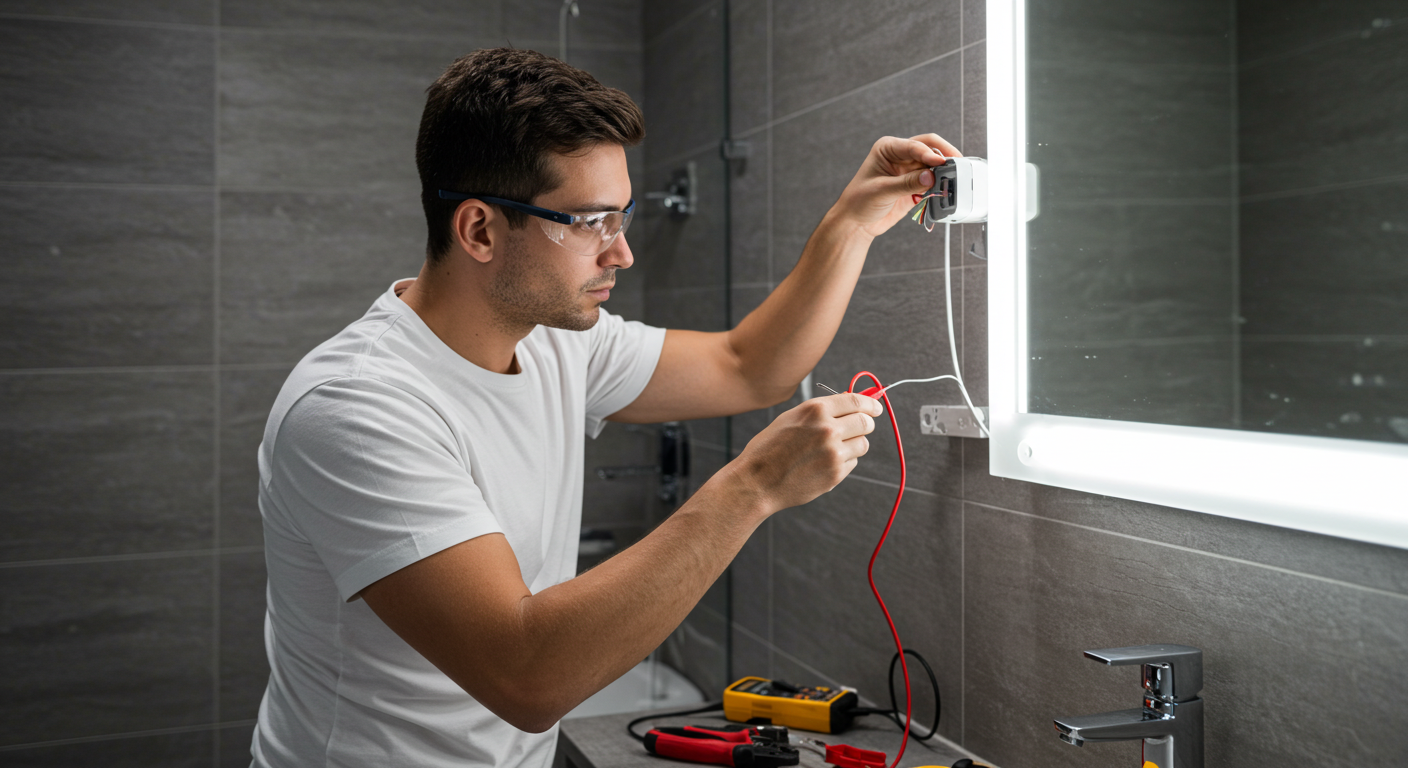Innovative Materials Shaping Modern Roofs
As homeowners plan roof improvements in 2025, selecting the right materials has become more critical than ever. Today’s roofing materials are not only durable but also designed to be environmentally friendly. Recycled metal shingles, advanced composite tiles, and engineered asphalt shingles are leading the way, offering a balance between longevity and energy efficiency. These materials are engineered to withstand extreme weather conditions, such as heavy rain, hail, and intense sunlight, while requiring minimal maintenance over time.
Sustainable roofing is becoming a top priority for homeowners who want to reduce their environmental footprint. Materials sourced from recycled content or manufactured with energy-efficient processes are gaining popularity, as they contribute to both eco-conscious living and lower long-term costs. Investing in modern, durable materials now ensures fewer repairs later, allowing homeowners to maintain their properties without constantly worrying about degradation.
Smart Roofing Technologies Transforming Maintenance
Innovative roofing technologies have started to redefine how homeowners maintain and monitor their properties. Solar-integrated shingles, temperature-regulating coatings, and IoT-enabled sensors are making it easier to detect potential roof issues early. Roof repair professionals now use these advanced tools to predict damage, identify leaks, and schedule maintenance before minor problems become major expenses.
Homeowners benefit from real-time monitoring of roof performance. Devices can measure water accumulation, heat retention, and structural integrity, sending alerts directly to smartphones or professional services. This level of insight transforms roof maintenance from a reactive task into a proactive, data-driven process. By combining technology with traditional repair techniques, homeowners can extend the lifespan of their roofs while avoiding unnecessary emergency interventions.
Weather-Resistant Solutions for Changing Climates
Climate change has created unpredictable weather patterns, making weather-resistant roofing solutions more critical than ever. High winds, sudden hailstorms, and fluctuating temperatures can cause significant damage to older roofs. In response, roofing manufacturers are developing products with enhanced durability and resilience. Protective coatings, waterproof membranes, and advanced sealants help ensure that modern roofs can endure extreme weather while maintaining structural integrity.
Architectural trends are also adapting to these climate challenges. Steeper slopes, reinforced frames, and improved drainage systems are being incorporated into both new constructions and roof replacements. These features reduce water damage and prevent debris accumulation, which are common causes of structural deterioration. Homeowners who prioritize climate-adapted roofing strategies can minimize costly repairs while safeguarding the comfort and safety of their homes.
Aesthetic Appeal Meets Functionality
In 2025, homeowners increasingly seek roofing options that combine aesthetic appeal with practical functionality. Metal roofs with matte finishes, textured tiles, and customizable color palettes allow properties to stand out while providing long-lasting performance. Beyond visual impact, these choices often improve energy efficiency. For example, lighter-colored roofs reflect sunlight, reducing cooling costs, whereas textured or layered designs help manage heat absorption and enhance ventilation.
The trend toward blending style and practicality has elevated roofing to a key component of home design. Homeowners now consider how roof color, material, and pattern interact with overall property aesthetics, from landscaping to exterior finishes. As a result, roof investment is no longer just about protection; it’s an opportunity to enhance curb appeal while adding functional value.
Maintenance Strategies That Save Time and Money
Routine maintenance is evolving with the adoption of modern tools and techniques designed to save homeowners both time and money. Drone inspections, high-resolution imaging, and AI-powered diagnostics are allowing professionals to identify issues with unprecedented accuracy. These advancements make it possible to catch early signs of deterioration, such as small leaks, missing shingles, or weakened structures, before they require expensive repairs.
Proactive roof care has become a cost-effective strategy. Homeowners now understand that minor repairs and preventive maintenance can prevent emergency costs, extend the life of their roof, and maintain property value. Simple practices, such as gutter cleaning, water damage inspections, and regular structural assessments, are enhanced by new technology, which reduces human error and improves overall efficiency.
Energy Efficiency and Sustainable Roofing Practices
Sustainability remains a driving force behind roofing trends in 2025. Homeowners are increasingly investing in cool roofs, reflective coatings, and integrated solar panels to reduce energy consumption. Proper insulation combined with advanced roofing materials significantly lowers heating and cooling expenses while minimizing environmental impact.
Energy-efficient roofing also aligns with real estate trends. Homes featuring sustainable solutions are in higher demand, and properties with reduced utility costs offer long-term financial benefits. As a result, homeowners are opting for roofing options that deliver measurable energy savings without compromising durability or design. Modern solutions are designed to optimize airflow, reduce heat absorption, and improve indoor comfort, providing a compelling combination of practicality and environmental responsibility.
Regional Trends and Local Adaptations
Roofing trends vary across the United States, influenced by climate, local regulations, and architectural preferences. In hurricane-prone regions, homeowners prioritize wind-resistant shingles, reinforced structures, and impact-resistant coatings. In arid or desert areas, reflective materials and heat-resistant insulation help maintain indoor comfort and prevent heat-related damage. Coastal regions require salt-resistant materials to avoid corrosion, while areas with heavy snowfall often rely on steep slopes and snow-shedding designs to avoid accumulation and ice dams.
Local adaptation is essential for effective roof repair and replacement. Professional contractors must consider regional building codes, climate conditions, and typical weather patterns when recommending materials and designs. By tailoring roofing solutions to local conditions, homeowners can ensure durability, compliance, and reduced maintenance requirements. Awareness of regional trends also allows properties to retain their value while reflecting neighborhood aesthetics and functionality.
Roofing Styles and Personalization
Homeowners are increasingly personalizing their roofs to reflect individual tastes while adhering to practical considerations. Beyond traditional shingles, new textures, finishes, and patterns are being incorporated to achieve a unique visual signature. Modern roofing styles now balance durability, energy efficiency, and aesthetic appeal, making roofs a central feature of home design rather than a purely functional element.
Customization is also driving innovation in repair techniques and materials. Contractors must account for design complexity while ensuring the roof remains structurally sound and intact. Homeowners who invest in both high-performance materials and visually appealing designs benefit from long-term protection, energy savings, and enhanced property value.


